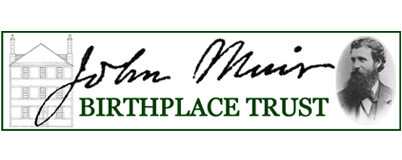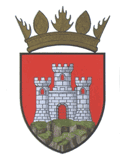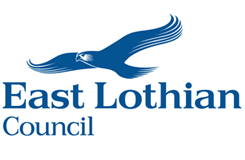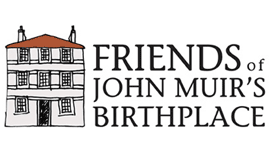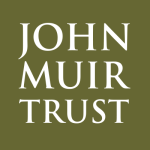Muir Houses Through Time Part 9 – More Post Muir Years
This is the second post looking at the story of John Muir’s Dunbar homes after the Muirs left for America. The amount of detail available grows – as does the pace of change in both ownership and occupancy. This post focuses solely on John Muir’s childhood home, next door to his birthplace, now 130-134 High Street.
The Muirs Move On
We left John Muir’s childhood home at the beginning of February 1849 after Daniel Muir sold the house to Dr John Lorn and the Muir family set off to a new start across the Atlantic.
Dr John Lorn bought the property for himself and his mother; they had been living with relatives in Dunbar for some time. Janet (Jessie) Simpson Lorn had first left Dunbar in 1813 when she married John Lorn senior, a merchant, mariner and shipowner of Grangemouth, a port much further up the Forth than Dunbar. But Jessie was was widowed in 1821 at the age of just 33. She was left with two young children – but a good estate held in trust by her husband’s will. She and the children (John born 1815, and Ann, born 1819) made their home in Dunbar during 1830 – Ann Gilrye Muir was their near contemporary.Young John trained in medicine at nearby Edinburgh, becoming a licentiate of the Royal College of Surgeons in September 1836. His sister Ann moved away when she married Dr John Moir a couple of years after, but John never married. Instead, he and his mother made the Dunbar house their home. John never seems to have taken his medical practice too seriously – lawn bowls and the management of the Free Kirk were more his thing. After his mother died in 1866 he spent less time in Dunbar – the house was let to a Dr David James in 1871 and was sold the following year to William Brodie, a Dunbar businessman. Dr John retired to Edinburgh’s new town where he purchased 27 Drummond Place and died there in 1888.
A New Venture – the Lorne Hotel
William Brodie’s purchase of the house was with a specific object in mind. Dunbar was a rising holiday destination and a new kind of venture was all the rage – the Temperance Hotel. Aimed specifically at families rather than the commercial market, temperance hotels were exactly that – alcohol free premises! Astute businessman that he was, Brodie also redeveloped the ground floor of the building to create two shops. This would provide a steady income if the hotel proved unpopular. The one to the south was snapped up by an extremely reliable tenant – Dunbar Post Office under Miss Jane Barclay, moving out from John’s birthplace next door. It remained so until 1904. The other went with the hotel, being variously used as offices or tea-rooms.

The busy Dunbar Post Office, 1889, in John Muir’s Childhood Home
Brodie’s venture was open for the summer of 1872 under the management of Thomas Wilson and then from 1875 by Eliza Hannan. When William Brodie died his trustees then let the upper part of the building to a Mrs Margaret Fish and her daughters who started a private school in their part of the building. Then in 1886 the hotel reopened under John Henderson and his wife for a few years followed by Thomas Thomson. Both Henderson and Thomson ran tearooms and a confectionery outlet from the ground floor of the building.
It was during Thomas Thomson’s tenure that John Muir revisited Dunbar. He wrote to Louie, his wife:
There was no carriage from the Lorne Hotel that used to be our home, so I took the one from the St. George, which I remember well as Cossar’s Inn that I passed every day on my way to school. But I’m going to the Lorne, if for nothing else to take a look at that dormer window I climbed in my nightgown, to see what kind of an adventure it really was.
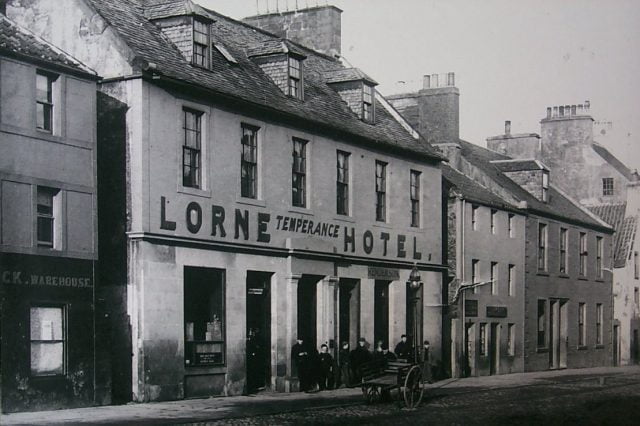
John Muir’s Childhood Home around 1893. Courtesy University of the Pacific. Copyright Muir-Hanna Trust
John found the dormers still there: he was keen to see the site of one of his childhood ‘scootchers’ or dares. After being put to bed one night, he and brother Davie had ventured out the window, onto the roof, each challenging the other to go further!
Shortly after Muir’s only return home, the building was in 1896 purchased from Brodie’s estate by Henry Huntly, formerly of Dunbar’s Jersey Arms Hotel. Huntly ran the hotel himself, although perhaps not successfully: one of his first moves was to apply for a liquor license, which was refused.
John Smith, a Dunbar baker, bought the building in 1902. At first, the Smiths leased out the hotel (interspersed with periods of self-management). Similarly the former post office was taken by Henry Davidson, a shoemaker. In the early days of their tenure only the shop on the northern side was continuously in their own hands, an outlet for their bakery produce and tearooms. As time passed more and more of the Smiths’ business was transferred to their new premises. As before, sometimes they operated the Lorne Hotel ‘in-house’; sometimes it was leased, or under management. By the late 1920s, the next generation built a bakehouse behind the building, in a part of the Muirs’ old garden. When Davidson’s lease expired the southernmost shop became Smith’s bakery, which became a Dunbar institution through into the 21st century!
Next Time
We’ll bring the story to a close in the present day – and explain a bit more about how we dug up the history of John Muir’s houses in Dunbar.


